Suggestions on how to begin your first language class
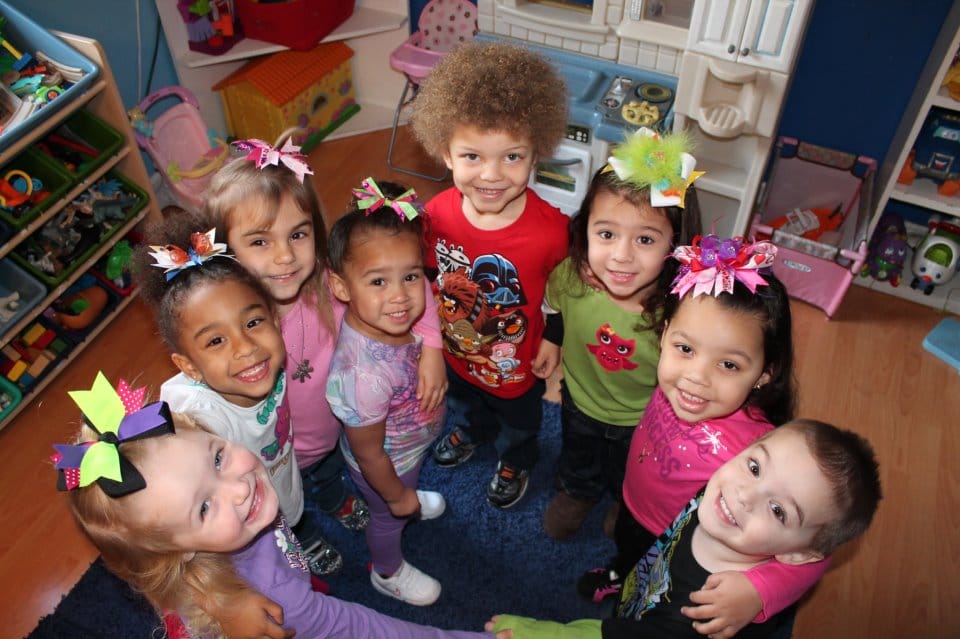
We are launching some instructional videos that will give you ideas for teaching Spanish or English to very young learners with Languages4kidz. Check out some suggestions on how to begin your first language class. I invite you to stay tuned and to subscribe to our YouTube channel https://www.facebook.com/languages4kidz/
Get ready for the new school year
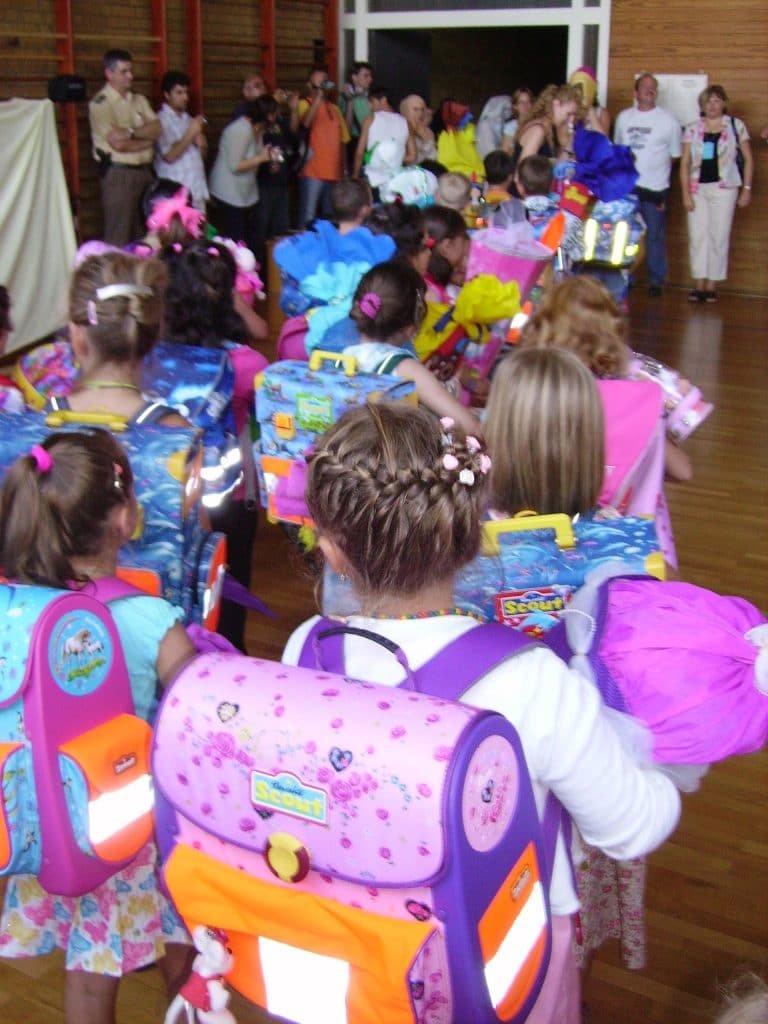
Get ready for the new school year We are at the beginning of a new school year and parents and children are busy shopping for school supplies and clothing and teachers are getting ready to welcome their new group of children. Teachers are busy planning activities for the first days of school. These activities will […]
Getting parents involved
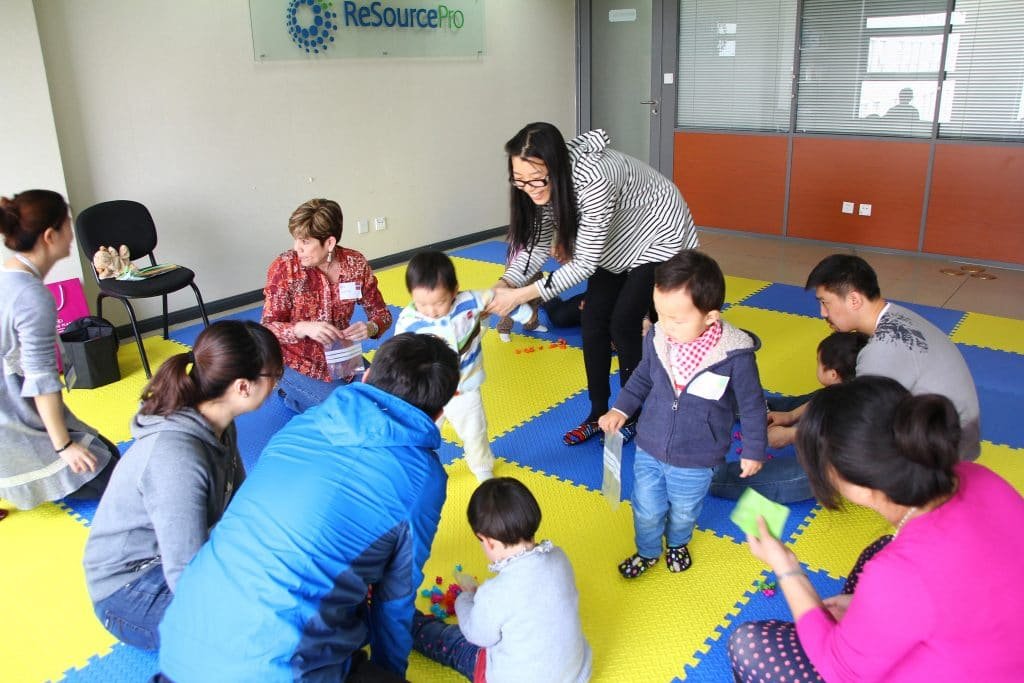
It is extremely important to get parents involved. It is my belief that the parents’ role in the process of a child’s language acquisition at a young age is indispensable. Parents are the most important people in children’s lives and their best teachers. Languages4kidz believes that it is crucial to invite parents to participate […]
Teaching kids with songs
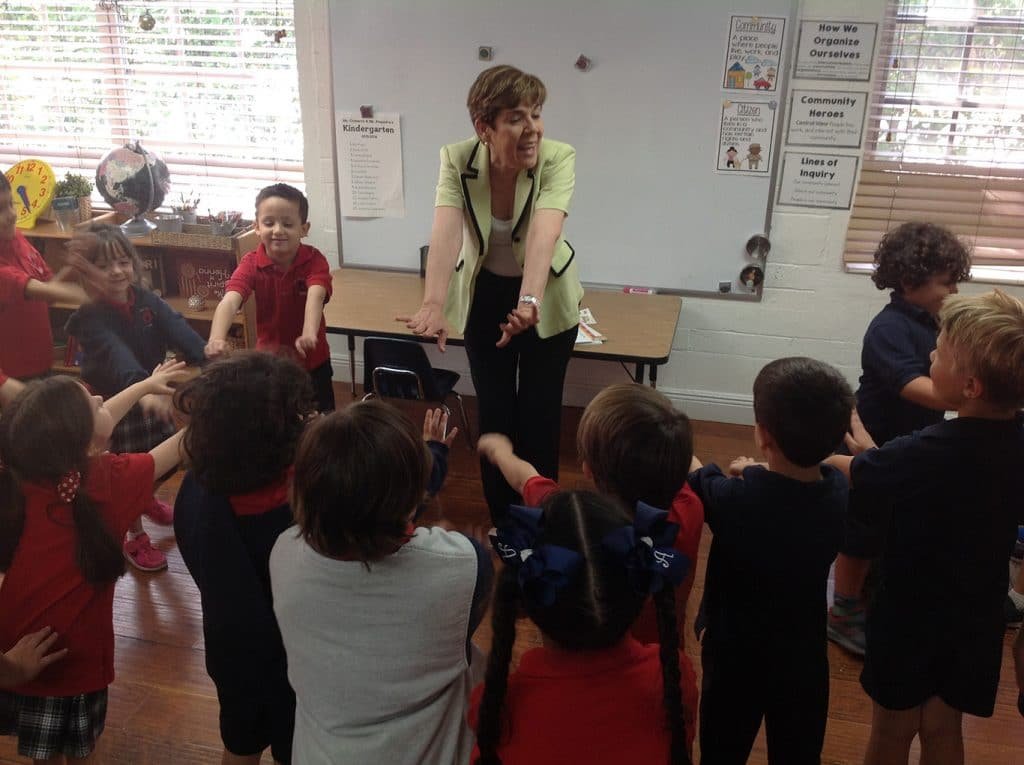
Teaching with songs is an amazing tool for helping young children acquire a new language. Singing with children can be a fun and valuable experience. When you sing with young children, you can adjust the speed and volume to fit their abilities. You don’t need to sound like a professional singer. As long as you […]
The importance of teaching a second language to little ones

Teaching a second or a third language to children during their first years of life has become a trend. Today, all the research conducted regarding foreign language learning makes emphasis on all the benefits it brings to children and their future in a globalized world. We have come to realize how young babies can discriminate […]
The 2016-2017 school year is around the corner, and so is your “start-a-language- program-for-kids” resolution

This is the right time to start planning for the new school year! You may be asking yourself many questions: What are the best curriculum options? How do very young children learn? What are developmentally appropriate activities for little ones? What types of activities do babies, toddlers, preschoolers and young ones like? How many children […]
Summer is here!
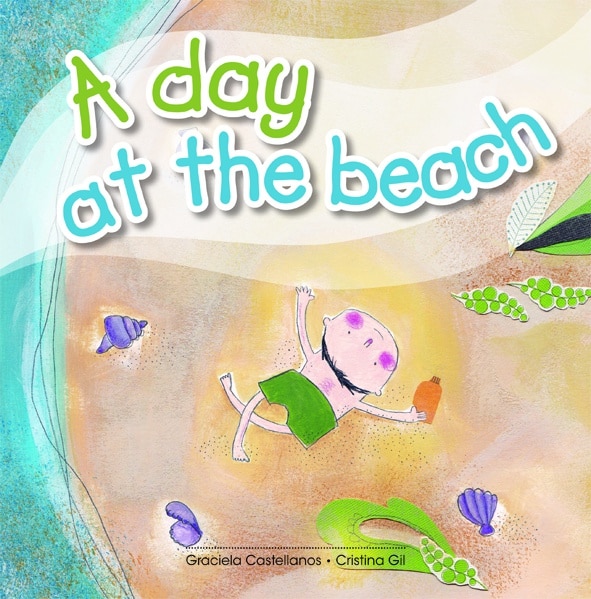
Summer is a great time for kids to enjoy different indoor and outdoor activities. They love to go to the beach and play with the sand. Here is the trailer of a beautiful picture book about a child at the beach. What he sees, what he hears, what he smells, what he tastes and what […]
Earth Day!!!
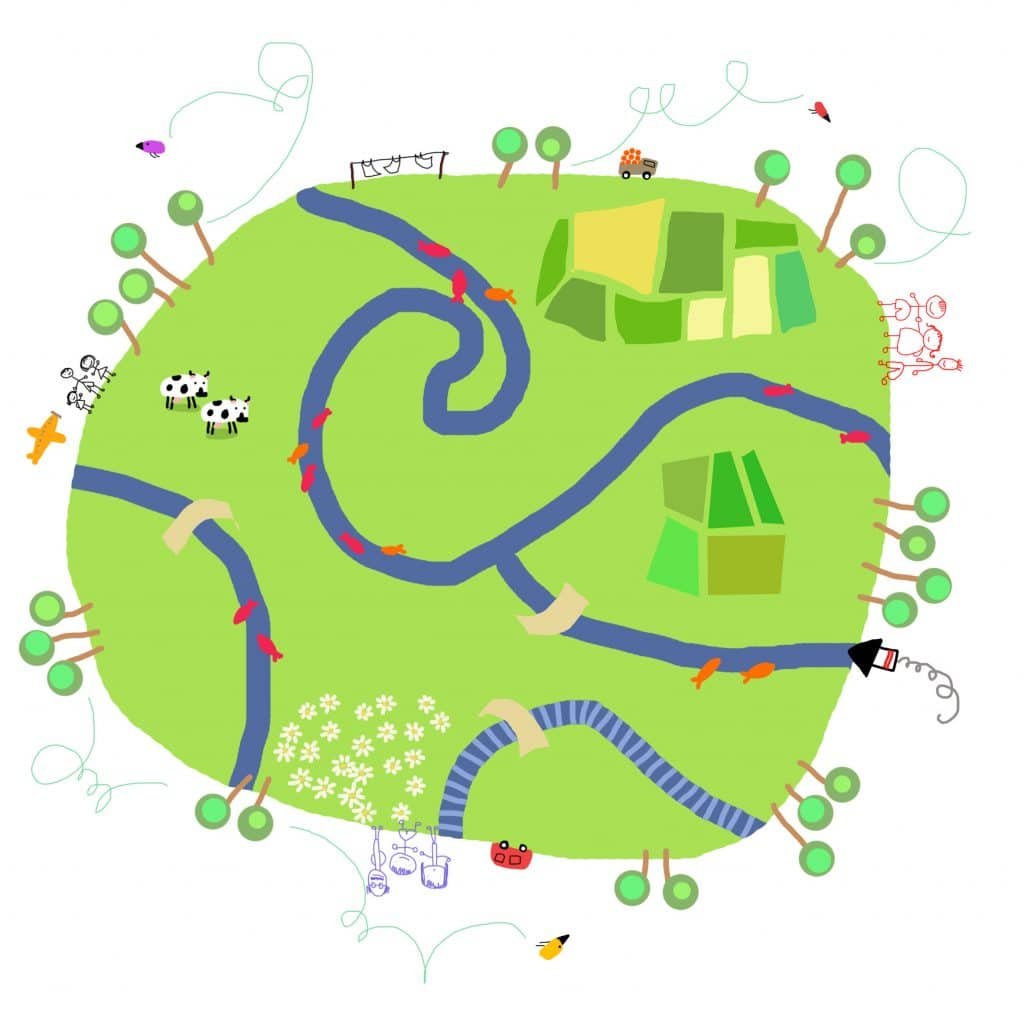
April 22nd is Earth Day!!! A day to celebrate our beautiful planet. Anything to help our environment is a perfect thing to do on Earth Day and every day. There are lots of easy and fun ways to celebrate Earth Day that can actually make a difference all year long. Learn about how you can […]
Get your kids outside and let them play!
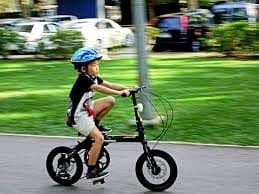
Kids these days are spending most of their time inside the school and inside the house and are losing precious moments that will last a lifetime. Let’s encourage them to play outside and get in contact with nature. Get them to experience the joy and pleasure in activities such as, rolling in the grass, splashing […]
I will have flowers this Spring

Three beautiful books for reading to kids during Spring time. You can purchase our books in Spanish or English through our webpage Store.
Spring will soon be here!
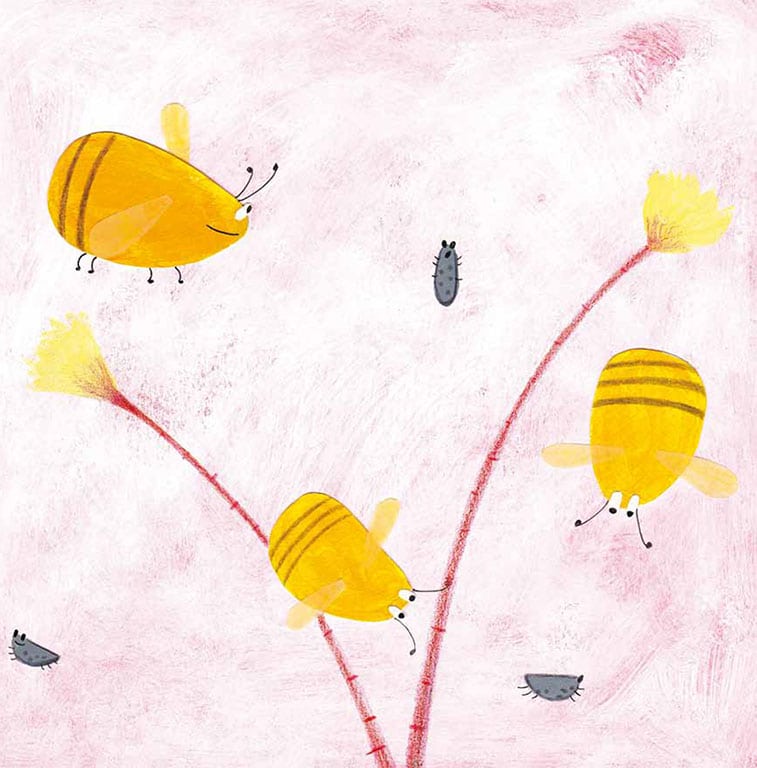
Spring is a great time to invite children to explore nature. Let them experience planting seeds, watching how a caterpillar turns into a beautiful butterfly or take a walk in the park to see, hear and smell the birds, the flowers, and the green grass. Talk to them about cute young animals that make their […]
Why is having fun so important when learning a new language?
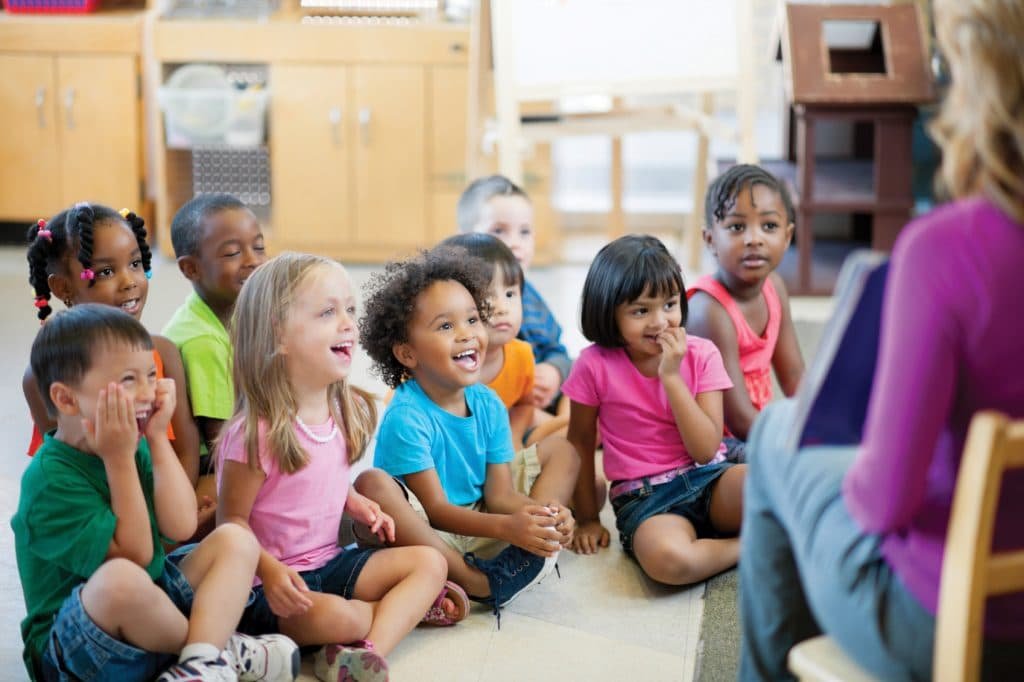
Learning is easier if it is fun and to make it fun we need to provide children with a playful environment. The more fun the environment, the more a child will want to stay with it. We know children learn in a variety of ways but we all recognize that play is an important vehicle […]
